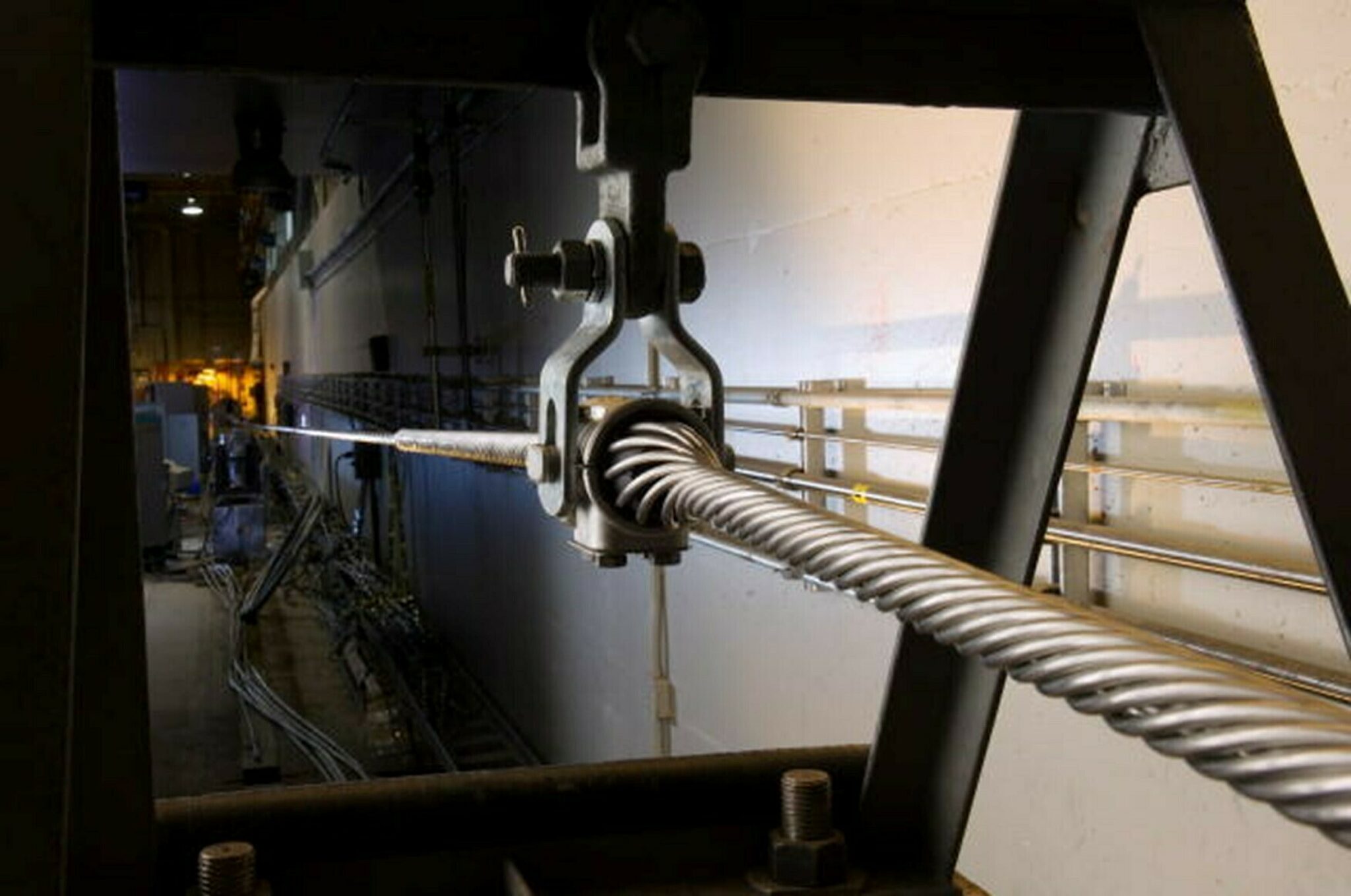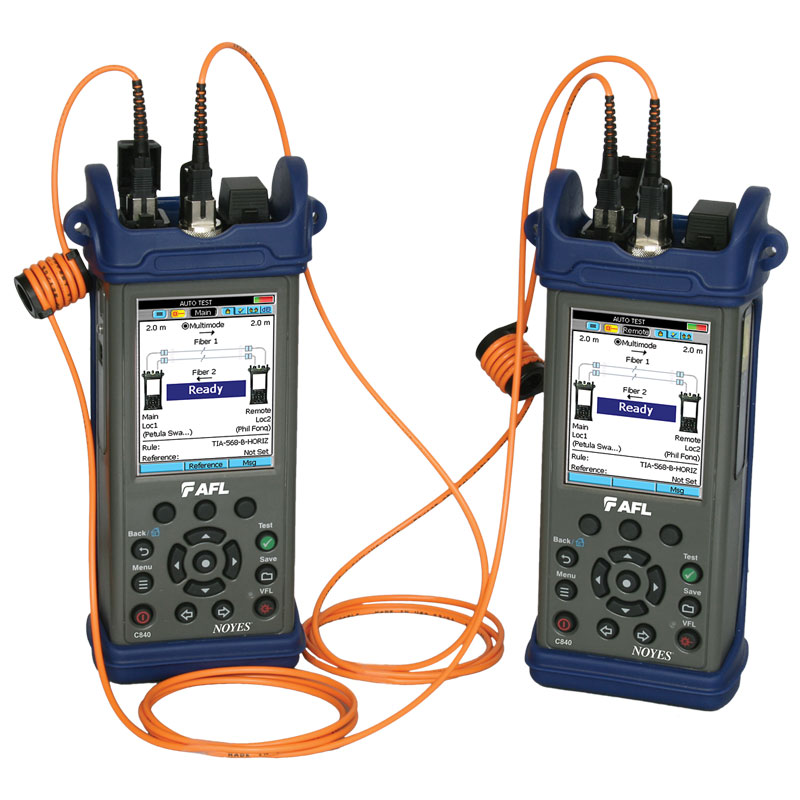The use of robotic vision delivers accuracy in production.
The use of robotic vision delivers accuracy in production.
Blog Article
Discover the Importance of Optical Fibre Testing in Modern Telecom
In the realm of modern-day telecoms, the importance of optical fibre screening can not be overemphasized, as it works as the backbone for making sure network integrity and efficiency. By implementing routine screening methods, drivers can preemptively recognize potential concerns such as signal deterioration, therefore securing versus disturbances that can verify expensive. Advanced strategies like Optical Time-Domain Reflectometry play a crucial duty in this procedure, yet several might overlook the wider ramifications of these methods. What are the particular benefits that regular testing offers, and just how might it shape the future landscape of telecoms?

Understanding Optical Fibre Screening
Optical fibre screening is a vital process in telecoms that makes sure the stability and performance of fiber optic networks. This testing includes a series of treatments created to assess the physical and functional attributes of optical fibers - fibre testing equipment. Trick specifications evaluated consist of optical power loss, bandwidth ability, and mistake location, which are crucial for preserving top quality interaction links
The testing procedure normally entails using customized devices such as Optical Time-Domain Reflectometers (OTDR) and Optical Power Meters. OTDRs are employed to recognize and characterize mistakes, splices, and adapters within the fibre, while power meters gauge the transmitted light signal stamina to establish efficiency.
In addition, testing is conducted at different phases, including throughout installment, maintenance, and troubleshooting, to make sure that the network meets market criteria and operational demands. Conformity with standards established by organizations like the International Telecommunication Union (ITU) and the Telecoms Industry Association (TIA) is vital.
Advantages of Regular Examining
Regular testing of optical fibers returns numerous advantages that substantially enhance network dependability and efficiency. Among the primary benefits is the early detection of prospective concerns, such as breaks or destruction in the fibre, which can result in expensive downtime if left unaddressed (optical fibre testing equipment). By determining these troubles proactively, telecoms service providers can lessen solution disturbances and ensure constant connectivity for their clients
Furthermore, routine testing helps to maintain the stability of signal high quality. As optical fibres age, their performance can be affected by elements such as environmental conditions and physical tension. Regular evaluations permit for the monitoring of signal loss and general transmission efficiency, making sure that the network runs at optimum degrees.
Another substantial benefit is conformity with market criteria. Regular screening supports adherence to governing demands, thereby minimizing lawful and financial dangers connected with non-compliance. It enhances the total lifespan of the fibre framework by helping with prompt upkeep and repair services.

Usual Testing Techniques
Testing optical fibres utilizes numerous approaches to guarantee the stability and efficiency of telecommunications networks. Among one of the most usual techniques is Optical Time Domain Reflectometry (OTDR), which examines the whole length of the fibre by sending a pulse of light and determining the representations brought on by imperfections or breaks. This technique gives detailed information regarding the place and intensity of mistakes.
One more widespread method is the use of Optical Power Meters, which gauge the amount of light transferred with the fiber. This method helps establish the loss go now of signal stamina, making certain that it satisfies sector requirements. In Addition, Aesthetic Mistake Locators (VFL) are employed to recognize breaks or severe bends in the fiber by predicting a noticeable laser light into the cable television.
Insertion loss testing is likewise essential, as it measures the loss of signal power resulting from links and splices within the network. The use of Polarization Mode Dispersion (PMD) testing evaluates the influence of fiber attributes on signal integrity.
Each of these techniques plays a vital duty in maintaining the efficiency and dependability of optical fiber networks, ultimately adding to smooth telecoms procedures.
Influence On Network Performance
The honesty and efficiency of optical fiber networks straight influence general network efficiency. In modern-day telecoms, the effectiveness of data transmission relies heavily on the quality of the optical fibers utilized. Any deterioration in view the fibre's condition-- whether as a result of physical damage, contamination, or too much flexing-- can result in enhanced depletion and signal loss, dramatically influencing information stability and speed.
Normal optical fibre testing is necessary to determine and correct possible problems before they show up as network failings or stagnations. Strategies such as Optical Time Domain Reflectometry (OTDR) and insertion loss screening enable specialists to determine the performance of fiber links precisely. These tests not only assess the physical problem of the fibers yet likewise make certain compliance with sector criteria, thus protecting the network's reliability.
Furthermore, a well-kept optical fibre network contributes to reduced functional costs and enhanced customer satisfaction, as end-users experience fewer interruptions and higher information rates. Inevitably, the focus on rigorous optical fiber testing methods works as a cornerstone for sustaining robust telecommunications facilities, making certain that company can fulfill the expanding demands for transmission capacity and connection in today's electronic age.
Future Patterns in Checking
As we look in advance, improvements in innovation are poised to reshape optical fiber screening in telecoms. The increase of automation and expert system (AI) More about the author is expected to improve the efficiency and accuracy of testing procedures. Automated screening systems can carry out thorough evaluations with minimal human treatment, significantly reducing the possibility for mistakes and expediting time-to-deployment.
Furthermore, the combination of artificial intelligence formulas will allow anticipating upkeep, enabling network service providers to predict potential issues prior to they intensify into failures. This positive approach not only boosts network integrity yet likewise optimizes functional prices.
An additional emerging fad is the growth of mobile testing tools that supply real-time analysis - ofda. These tools will empower technicians to do on-site diagnostics rapidly, assisting in quicker resolutions and boosting service high quality
The growth of 5G networks even more necessitates the evolution of testing approaches. As data transfer demands boost, conventional screening strategies might no more are enough. Ingenious solutions such as optical time-domain reflectometry (OTDR) and advanced spectral analysis will come to be critical in making sure the integrity and performance of high-speed links.

Final Thought
In final thought, optical fibre screening is essential for guaranteeing the honesty and reliability of modern telecoms networks. Regular screening techniques not only assist determine possible problems such as signal loss and mistakes but additionally add to boosted network efficiency and client satisfaction. As the need for smooth connectivity remains to expand, the fostering of innovative testing approaches will certainly play a critical role in maintaining top quality network standards and supporting the progressing landscape of telecommunications.
Report this page